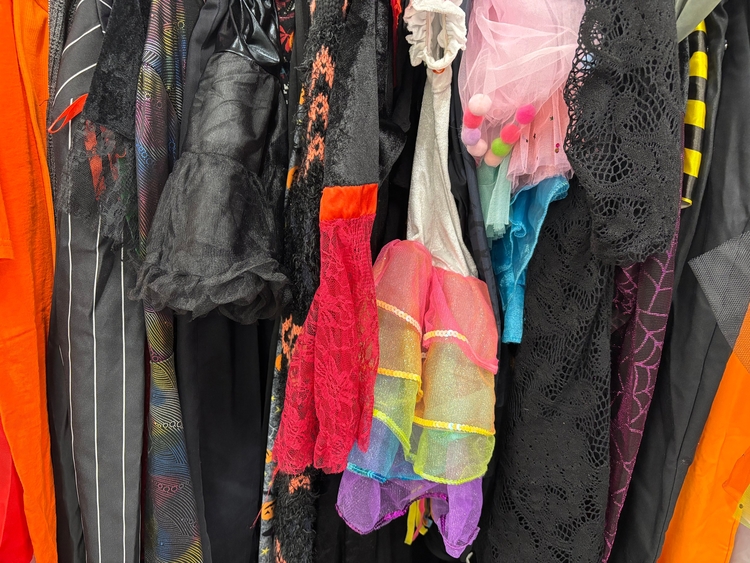
Discover how pumpkins, Halloween costumes and trick-or-treating leave an environmental footprint – and how to reduce it
By
Carving a pumpkin and donning a spooky outfit are both rites of passage for the Halloween season. And whether you’re handing out sweets or you’re the lucky recipient of a bucket full of candy, trick-or-treating is another undeniable part of the Halloween festivities.
Yet beneath these fun traditions and seasonal spirit lies an environmental footprint wreaking havoc on the planet. Each Halloween, around 22 million pumpkins are thrown away in the UK alone – a staggering figure equivalent to £32 million of food waste. As well as this, 18,000 tons of pumpkin waste is produced, with only one in nine people cooking their pumpkins.
When pumpkins end up in landfill, they decompose and release methane – a greenhouse gas 20 times more harmful to the Earth than carbon dioxide. If left in landfill, it can take around 20 years for a pumpkin to decompose, compared to eight to 12 weeks in compost if chopped up.
Enjoying this article? Check out our related reads:
Halloween costumes are also another significant source of waste. Seven million costumes are binned after Halloween, with four in ten people only wearing theirs once. Out of all the Halloween costumes in use, around 63 per cent contain polyester, which takes up to 200 years to decompose. 83 per cent of Halloween costumes contain non-recyclable oil-based plastics, which means they end up in landfill or are incinerated.
Each year, Halloween costumes create around 2,000 tons of plastic waste – equivalent to the weight of 300 elephants.
As well as this, trick-or-treating is responsible for plastic waste: the average trick-or-treater creates around 450g of waste, mostly packaging and plastic from sweet wrappers that isn’t normally recyclable.

‘Halloween may just be one day of the year, but the waste it leaves behind is staggering,’ said waste management expert Mark Hall. ‘Each year we see an enormous amount of pumpkins purchased, product packaging adapted especially for the holiday, and the pressure to constantly come up with a creative costume idea.’
‘In order to see real change, it’s vital that consumers and businesses rethink their Halloween habits. Consumers can make simple swaps that reduce overconsumption such as opting for second hand goods or reusing pumpkins. Businesses need to consider what products they promote and if they could reduce single-use options or push for more sustainable products and packaging. Only then will we see Halloween become less scary for the future of our planet.’
How can we have a sustainable Halloween?
Halloween doesn’t have to be a burden on the planet. For costumes, why not hire an outfit – saving money and meaning it can be reused? You could also try to make your own costume using clothes you already own, or buy a second-hand one from a charity shop.

For pumpkins, use the innards to make seasonal recipes – from pumpkin soup, to roasted seeds and pumpkin spice lattes. If you want to throw it away, ensure that it is disposed of with food waste. Otherwise, it will rot in landfill and add to harmful greenhouse gas emissions.
Pumpkins can also be used to make a DIY bird-feeder. Simply cut the top off your old pumpkin to create a bowl shape and fill it with bird seed. It can then be hung up in your garden with strong string or wiring.
Ultimately, there are several ways to make your Halloween more sustainable, and to avoid any ghastly repercussions to the environment.



